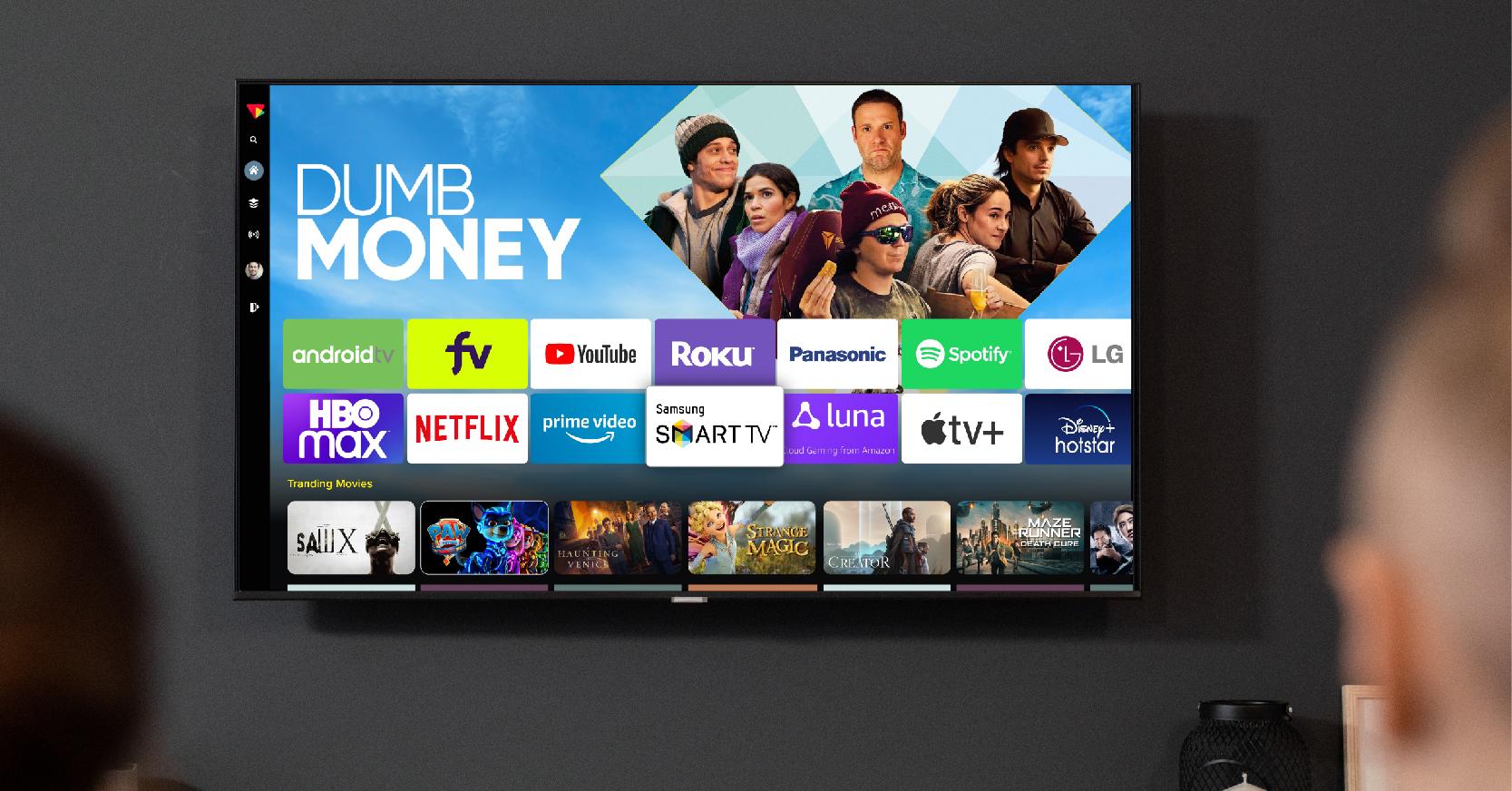Rumored Buzz on Apollo Group Tv
Rumored Buzz on Apollo Group Tv
Blog Article
The Only Guide for Apollo Group Tv
Table of ContentsFacts About Apollo Group Tv UncoveredSome Known Incorrect Statements About Apollo Group Tv Some Ideas on Apollo Group Tv You Should KnowThe 5-Minute Rule for Apollo Group Tv
In this circumstance, as opposed to having three-minute industrial places throughout a 30-minute tv program, television shows might alter to one where a customer will certainly be needed to have a regular monthly subscription, so that they cen view targeted banner ads. This sort of advertising already occurs on the net, and the quantity of information television business gather permits them to do similar.Define the major trends amongst the broadcasting and cable television networks. Popular radio shows such as cops drama Dragnet and western cowboy collection Gunsmoke were adapted for television, and brand-new TV programs were sponsored by single advertisers, simply as radio programs had actually been.
Today, the tv market is much more intricate. Programs are sponsored by multiple advertisers; programming is regulated by major media empires; and the 3 major networks no longer dominate the airwaves but rather share their audiences with numerous cable channels. A number of elements represent these patterns within the industry, consisting of technological developments, government guidelines, and the creation of new networks.

Apollo Group Tv Fundamentals Explained
Also public television has become based on the influence of advertising and marketing. Established in 1969, (PBS) created out of a report by the Carnegie Commission on Educational Tv, which analyzed the duty of instructional, noncommercial television on society. The report suggested that the government money public television in order to supply diversity of programming during the network eraa solution created "not to market products" yet to "improve citizenship and civil service (McCauley, 2003)." Public tv was likewise intended to supply global access to television for viewers in country locations or customers that might not manage to spend for private tv services.
The period in between 1950 and 1970 is traditionally recognized as the. Other than a small portion of airtime regulated by public television, the 3 major networks (recognized as the Big 3) dominated the television industry, jointly accounting for even more than 95 percent of prime-time watching. In 1986, Rupert Murdoch, the head of multinational company News Corp, introduced the Fox network, challenging the dominance of the Big Three.
Targeting young and minority audiences with programs such as Buffy the Vampire Killer, Moesha, Dawson's Creek, and The Wayans Bros., the new networks wished to attract terminals away from their old network affiliations. Instead than duplicating the success of Fox, UPN and WB struggled to make an effect. Not able to bring in several associate terminals, both new networks reached less households than their bigger competitors due to the fact that they were unobtainable in some smaller cities.
This choice led the way for the development of wire flick networks, adding to the exponential development of cable television in the 1980s and 1990s. apollo group tv. More deregulation of cable television in the 1984 Cable Television Communications Policy Act eliminated constraints on cable television rates, enabling drivers to charge what they desired for cable services as long as there was efficient competition to the service (a standard that over 90 percent of all cable markets can meet)
Excitement About Apollo Group Tv

Having produced the first "superstation," Turner expanded his realm by starting 24-hour news network CNN in 1980. At the end of the year, 28 nationwide programs solutions were offered, and the cord revolution had actually started. Over the next years, the industry undertook a duration of rapid growth and popularity, and by 1994 audiences might choose from 94 fundamental and 20 premium cable services.
Figure 9 - https://www.slideshare.net/vickboyd3319.16 Boosted competitors from cord networks has triggered a constant decrease in the networks' audience ratings. Throughout the 1950s, the expense of producing a single television show enhanced as shows became much longer and manufacturing expenses soared. Sponsorship on network tv shifted from solitary sponsorship, in which a program was totally supported and generated by one advertiser, to multiple sponsorship, in which marketers acquired 1- or 2-minute places on the show
Each reaction needs to be a minimum of one paragraph. Select one of the Big Four networks and print out its weekly programs schedule. Enjoy the network's prime-time programs throughout a week, noting the target market for every program. Observe the marketing enrollers that sustain each show and contrast how the items and services fit with the intended audience.
Some Of Apollo Group Tv

Direct TV, commonly described as standard broadcast TV, includes cord and satellite tv. It's called "straight" due to the fact that content follows an established programs routine, unlike on-demand web content which the specific visitor decides to view based on their own choices and timetable. So, when you ask, "What is linear TV?", consider it as the classic way of viewing TV that has been around for decades.
Report this page